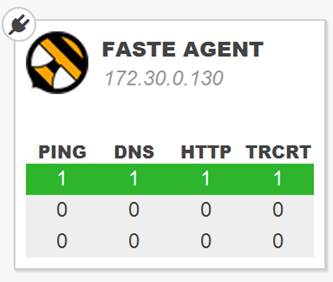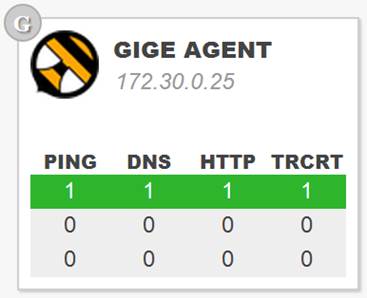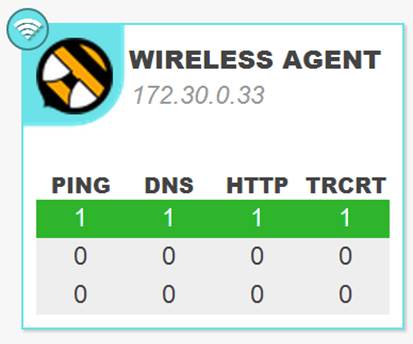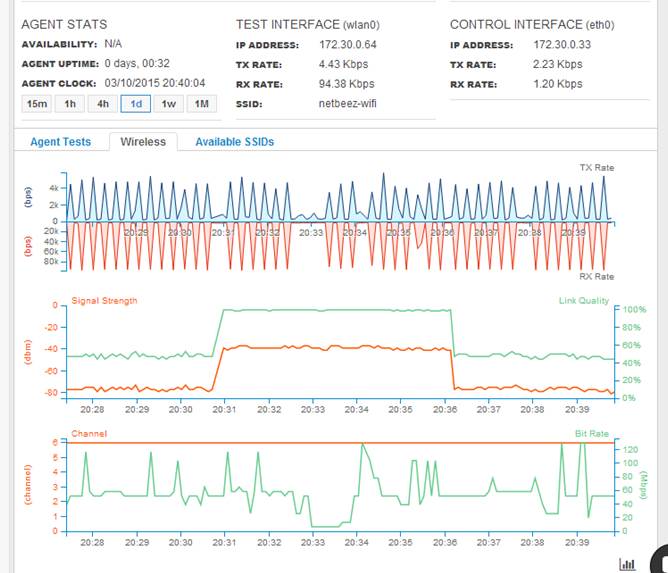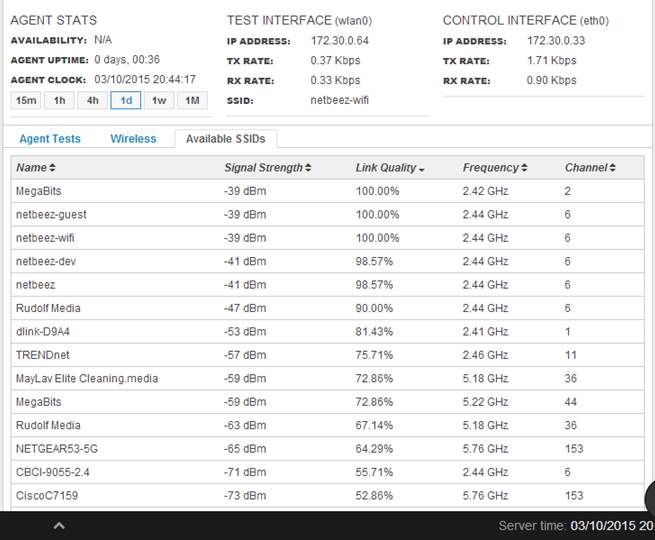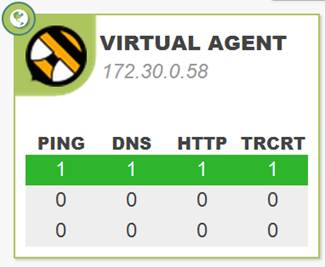We recently announced the NetBeez WiFi agents at Networking Field Day 9, which is the latest addition to our agent (or BEEZ) family. In addition, during the last few months we’ve quietly added three more types of BEEZ that allow NetBeez users more flexibility regarding agent deployment and, consequently, to be able to cover even more locations in their enterprise networks.
Given this milestone, I would like to give an overview of all the different BEEZ and how they come into play in a NetBeez deployment on different types of networks and infrastructure.
Wired BEEZ FastE
These BEEZ were introduced with the first release of NetBeez. They connect to the network with a 10/100 interface and are the most basic version. They are based on the well-known Raspberry Pi platform, which is a single-board Linux workstation. One of the main benefits of the FastE BEEZ is that they can be deployed at any network location without requiring any additional infrastructure, as they come as hardware appliances. Also, their small size makes them easy and affordable to ship, even overnight, to any location for ad-hoc network monitoring and troubleshooting. All they need is a power supply (outlet or router/switch USB) and an Ethernet cable. For example, they can be deployed easily at retail stores, physician offices, bank branches or even at data centers (although for the latter there are alternative BEEZ – keep reading). The 10/100 interface limits the bandwidth that this platform can generate for an Iperf test to 95MBps.
CPU: 4×900 Mhz ARMv7
RAM: 1 GB
Disk drive: 8 GB
Ethernet NIC: 10/100 Mbps (RJ-45)
Wired BEEZ GigE
The main additional feature of this platform compared to the previous one is the gigabit interface. This allows the deployment of the agent to GigE environments like data centers.
The hardware platform that hosts this agent is the Utilite Standard model. It can generate up to 600 MBps bandwidth for an Iperf test.
CPU: 2×1 GHz ARMv7
RAM: 1 GB
Disk drive: 8 GB
Ethernet NIC: 10/100/1000 Mbps (RJ-45)
Wireless BEEZ
These BEEZ are also based on the Raspberry Pi and include a WiFi USB dongle as the wireless interface.
They have two operational modes:
- Wired-Wireless: the wired interface is used to communicate with the NetBeez server for receiving commands and sending monitoring data back. This is the preferable mode of operation since the more reliable wired interface is used for the server-agent communication and the wireless interface is used only for testing the WiFi channel and connectivity. If the wired interface becomes unavailable, then the agent fall into safe mode using the WiFi interface for both testing and server-agent communication.
- Wireless-only: the wireless interface is used for both testing and server-agent communication. This is useful for wireless-only environments such as university dorms, hotel rooms, and stadiums.
The WiFi BEEZ, apart from running tests over the wireless channel, also report metrics about the quality of the channel and the connection with the access point. The metrics recorded are Rx/Tx data over the WiFi interface, signal strength and quality, bit rate, and channel. These are shown on the screenshot below.
In addition, these agents are able to do site surveys to detect all available SSIDs that are around it as shown in the screenshot. This is very useful when you need to detect rogue access points that might be causing interference.
CPU: 4×900 Mhz ARMv7
RAM: 1 GB
Disk drive: 8 GB
Ethernet NIC: 10/100 Mbps (RJ-45)
Wireless NIC: 802.11a/b/g/n (dual band)
Security: Open, WEP 64/128, WPA2-PSK, WPA-PSK, WPA-Enterprise, WPA2-Enterprise
Virtual BEEZ
These agents are delivered as virtual appliances that can be spun onto virtual infrastructure. The customer has the flexibility to provision specs in the ranges shown below. The obvious advantage of this type of agent is that its deployment can be done anywhere that the customer has virtual infrastructure in an instance. These BEEZ are suitable for monitoring data centers and virtual environments.
CPU: 1-4 x 1 GHz
RAM: 512 MB – 2 GB
Disk drive: 8 GB
External BEEZ
These are agents that we host in our cloud infrastructure and can be used to monitor networks inbound from Internet. This agent has the same icon with the Virtual BEEZ since both of them are virtual machines. The difference is that the Virtual BEEZ is delivered to the customer as a appliance that they have to spin up in their virtual environment.
CPU: 1-4 x 1 GHz
RAM: 512 MB – 2 GB
Disk drive: 8 GB
NetBeez is the distributed network monitoring tool that can scale to cover every network location of a multi-site enterprise. With these five types of agents, we now offer even more flexibility to deploy NetBeez agents in many more ways and in many more environments. This is what we call real end-user experience monitoring and full network coverage.
More additions to the BEEZ family are coming up in the next few months. Stay tuned…
